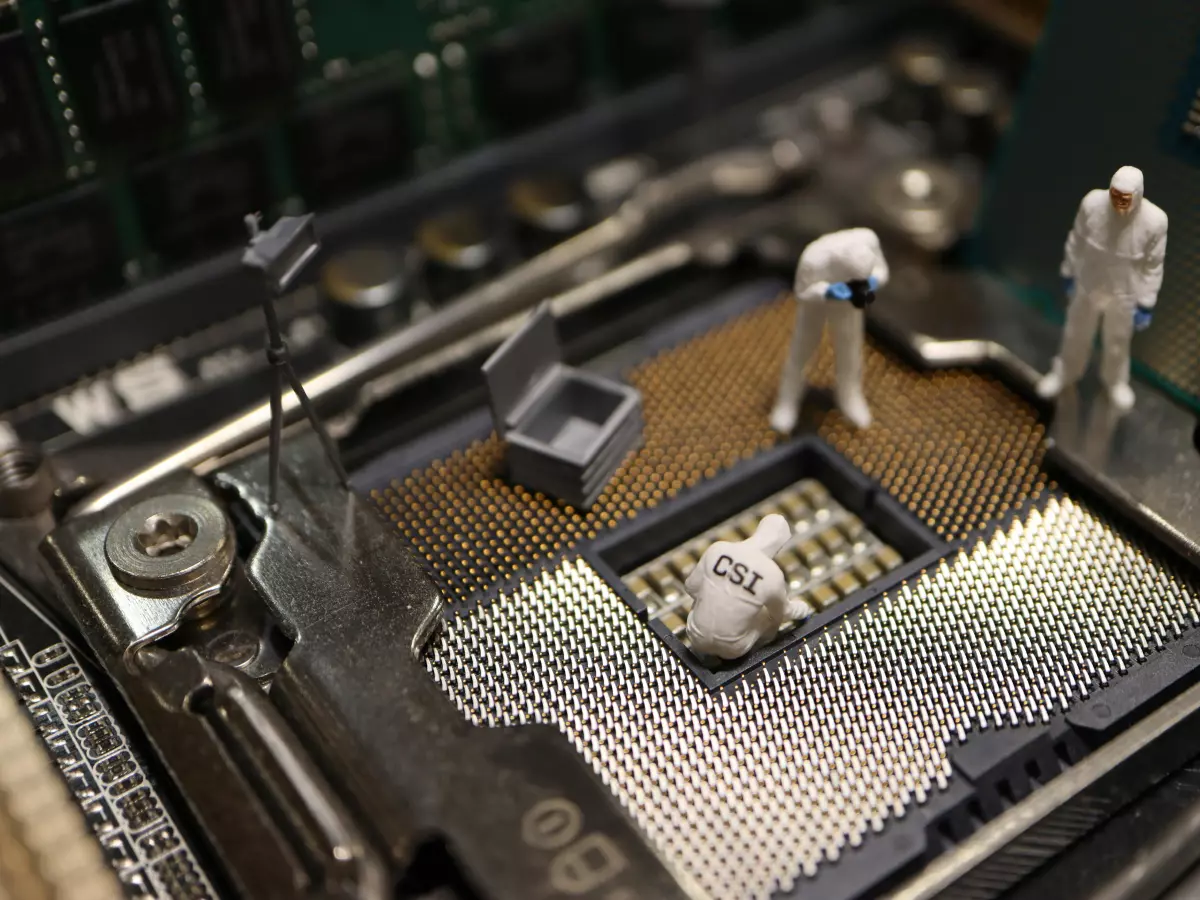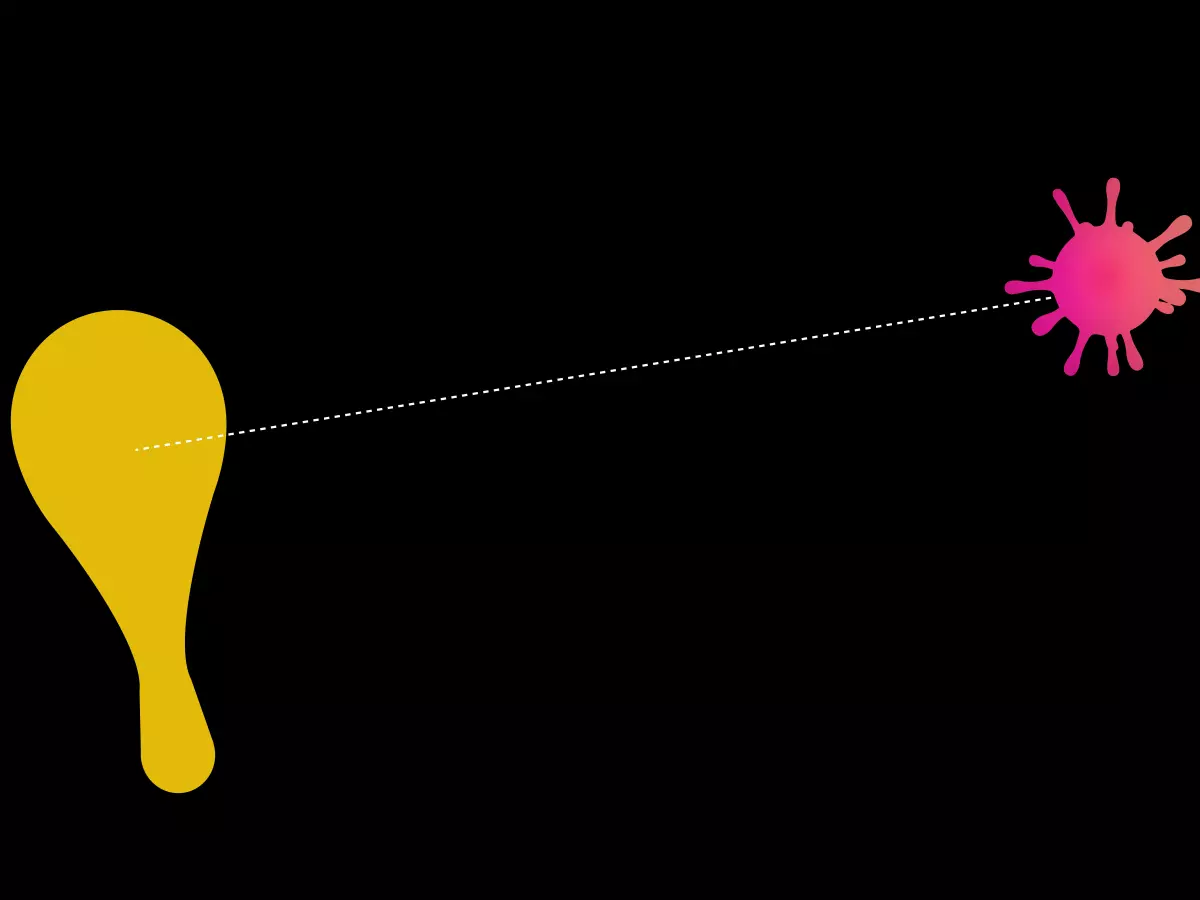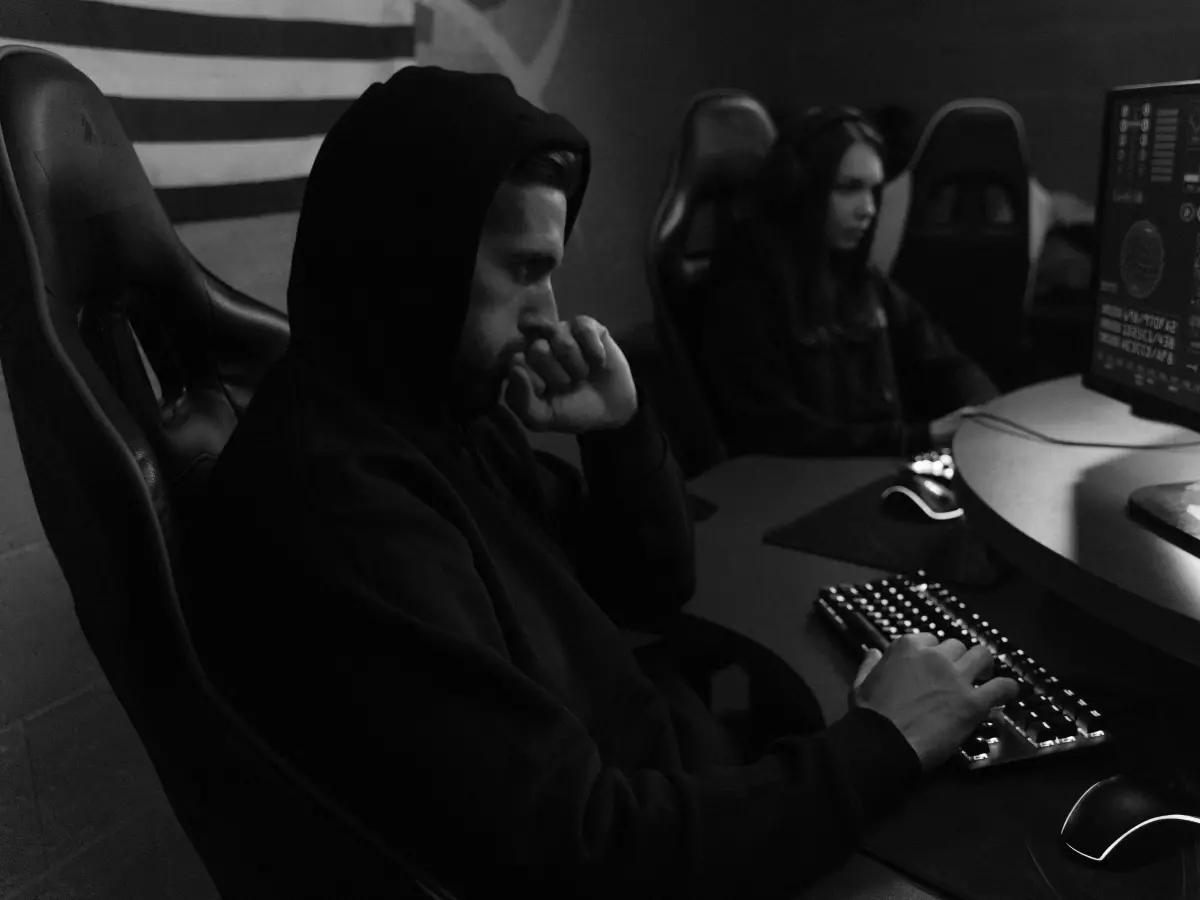Automate or Not?
“So, should we trust the machines to handle it, or do we need a human touch?” That’s the million-dollar question every cybersecurity team is asking these days.

By Laura Mendes
Here’s a fun fact: 95% of cybersecurity breaches are caused by human error. You read that right. The very people who are supposed to protect systems are often the ones who inadvertently leave the door open for attackers. But does that mean we should just hand over the keys to the machines and let automation take over? Not so fast.
Cybersecurity automation is a hot topic, and for good reason. With the sheer volume of threats growing every day, it’s impossible for humans to keep up. Automated systems can scan for vulnerabilities, detect anomalies, and even respond to attacks in real-time. But, as with all things tech, there’s a catch. Automation isn’t perfect, and sometimes, you still need a human brain to make the right call.
The Case for Automation
Let’s start with the obvious: speed. Automated systems can process data at lightning speed, far faster than any human could. When a cyberattack happens, every second counts. Automation can detect and respond to threats in real-time, often stopping an attack before it even begins. Plus, automation doesn’t get tired, doesn’t need coffee breaks, and can work 24/7 without missing a beat.
Another major advantage? Consistency. Humans are prone to mistakes, especially when they’re tired or overwhelmed. Automated systems follow the same protocols every time, ensuring that nothing gets missed.
But here’s the thing: automation is only as good as the rules it’s been programmed to follow. If a new type of threat emerges—one that the system hasn’t been trained to recognize—it might slip through the cracks. And that’s where human expertise comes in.
The Case for Manual Defense
While automation is great for handling routine tasks and known threats, it’s not always equipped to deal with the unexpected. Cybercriminals are constantly evolving their tactics, and sometimes, it takes a human to spot the subtle signs of an attack that an automated system might miss.
Humans bring something to the table that machines can’t: intuition. Experienced cybersecurity professionals can often sense when something is off, even if they can’t immediately pinpoint the problem. They can think creatively, adapt to new situations, and make judgment calls that a machine simply can’t.
Plus, there’s the issue of trust. Many organizations are hesitant to fully rely on automation for their cybersecurity needs. After all, what happens if the system makes a mistake? With manual defense, there’s always a human in the loop, ensuring that critical decisions are made with care.
Finding the Right Balance
So, which is better: automation or manual defense? The truth is, you need both. Automation is fantastic for handling the grunt work—scanning for vulnerabilities, monitoring network traffic, and responding to low-level threats. But when it comes to more sophisticated attacks, you still need a human touch.
The key is to find the right balance. Use automation to handle the tasks that machines excel at, but don’t forget to involve your human team for the more complex stuff. After all, cybersecurity is a team sport, and in this game, both humans and machines need to play their part.
As cybersecurity expert Bruce Schneier once said, “Only amateurs attack machines; professionals target people.” The best defense? A combination of both.





